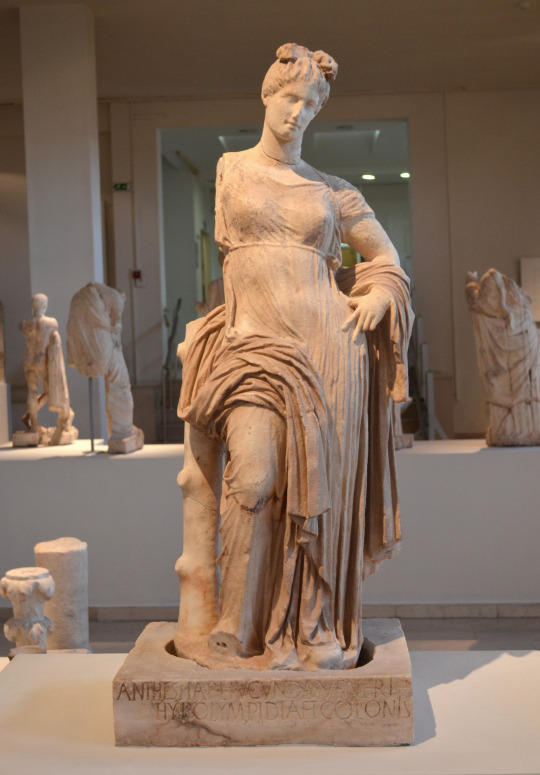For anyone who is in Greece, the Archaeological Museum of Thebes is now open, after almost a decade-long renovation-and it looks amazing. Ι am going to try and visit it this weekend.
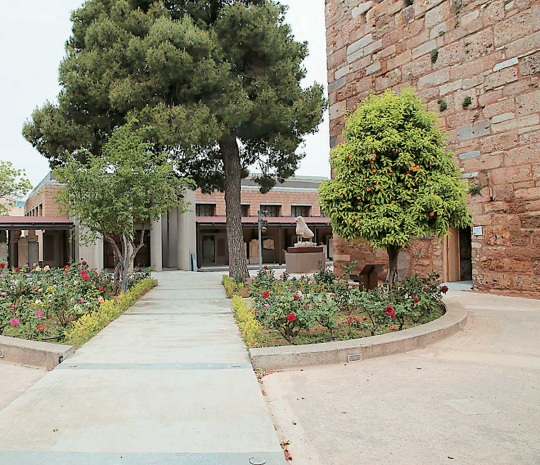

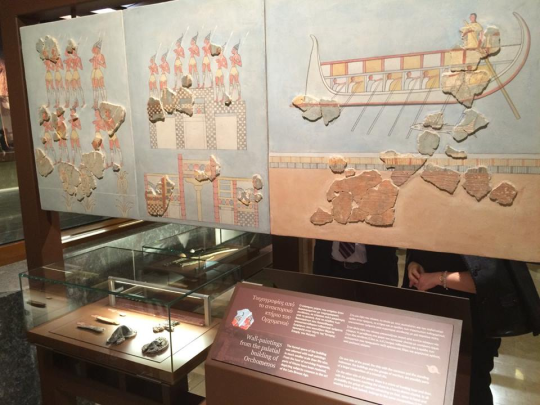
For anyone who is in Greece, the Archaeological Museum of Thebes is now open, after almost a decade-long renovation-and it looks amazing. Ι am going to try and visit it this weekend.



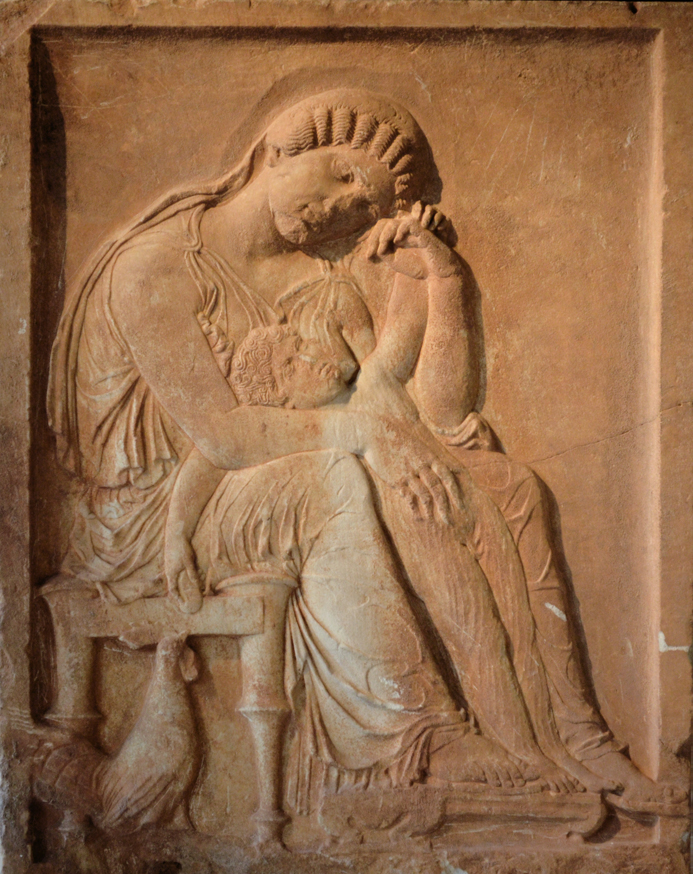
Archaeological Museum of Dion:
From Pydna, funeral stele depicting mother, child and cockerel. Second half of 5th century B.C
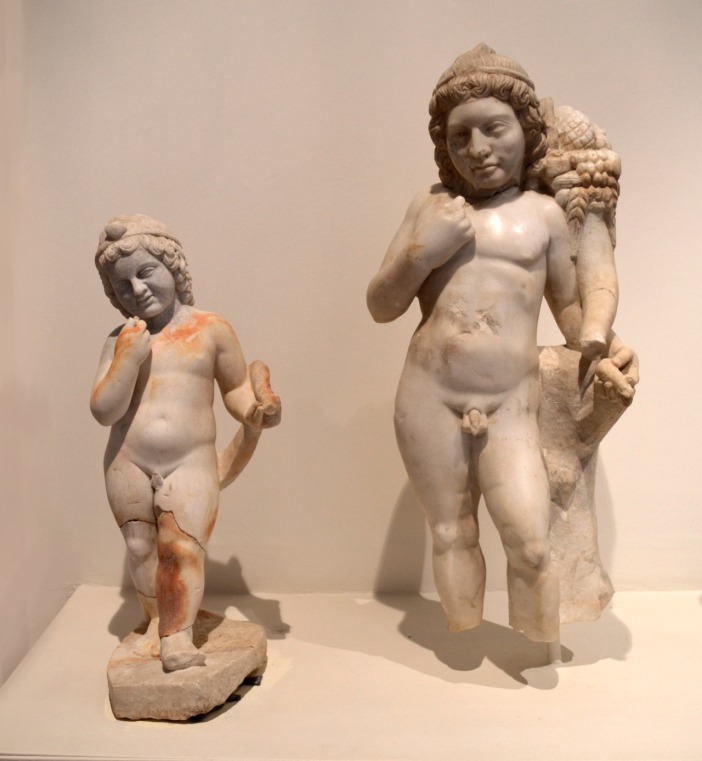
Archaeological Museum of Dion:
Statuettes of Harpocrates, the companion of Isis. (2nd century A.D). From the sanctuary of Isis.
A replica of the left statuette, at the location it was found, at the sanctuary of Isis.


Archaeological Museum of Dion:
Statue to Isis Tyche, and other votives, including one devoted to Isis Lochia (protector of women who gave birth). From the sanctuary of Isis.

Archaeological Museum of Dion:
Votive relief depicting Aphrodite riding a goat, from the sanctuary of Isis, a votive to the statue of Aphrodite Hypolimpidia.

Archaeological Museum of Dion:
A votive relief with a depiction of Isis from the sanctuary of Isis, embedded on the facade of the temple.

Archaeological Museum of Dion:
Head of Demeter, from the sanctuary of Demeter (4th century B.C)
Archaeological Museum of Dion:
Cult statues of Hera and Zeus (Roman Imperial times). The statue of Hera was found built in the Early Christian walls*. From the sanctuary of Zeus Hypsistos.
*Statues, reliefs, funerary monuments have been found multiple times in the walls of cities. Most of them were placed there from the 3rd to the 5th century AD, after a series of invasions in Greek space, an event that caused a profound need for new fortifications and readily available building materials. In some cases, like in that of the painted funerary stelai of Demetrias, this helped preserve the antiquities. From the 4th to the 7th century AD Christianity, now endorsed by the newly formed Byzantine Empire began to really take hold in Greece, hostilities against the old religion and its believers have been documented, but the use of these statues as building materials was not exactly an act of vandalism. A lot of artifacts had already been damaged, and old sanctuaries had already fallen to disrepair due to earthquakes, floods, invasions, or plagues.
Archaeological Site of Dion:
Finds from the sanctuary of Zeus Hypsistos. The sanctuary can’t be visited yet, but it’s quite visible from the pathway on the way to the sanctuary of Isis. On route it is located between the sanctuary of Demeter and the sanctuary of Isis.
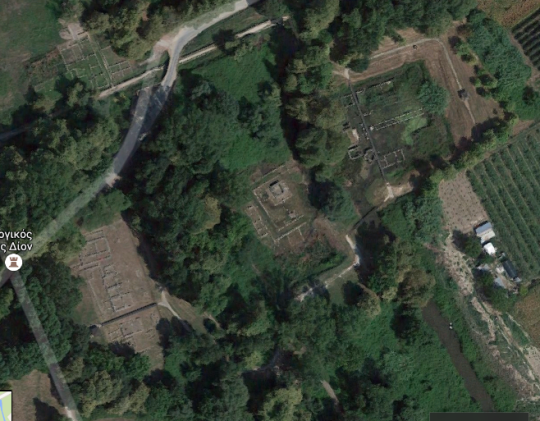
This sanctuary, however, is not the principal sanctuary of Zeus in the area. Dion, as its name betrays, started out as a place of worship of Zeus, sprawling later into antiquity into a more and more wealthy city. The most impressive worship site was the sanctuary of Zeus Olympios, a massive site- which hasn’t been fully excavated yet- in the vicinity of the Roman Theater.

Archaeological Site of Dion:
From the sanctuary of Isis, a view to the statue(replica) of Aphrodite Hypolympidia*. The actual statue is housed in the museum. I can’t read the inscription very well, but it seems the first word is the name Anthestia, she and her daughter were major sponsors of the sanctuary.
Aphrodite of the foot of the mountain (Olympus)
